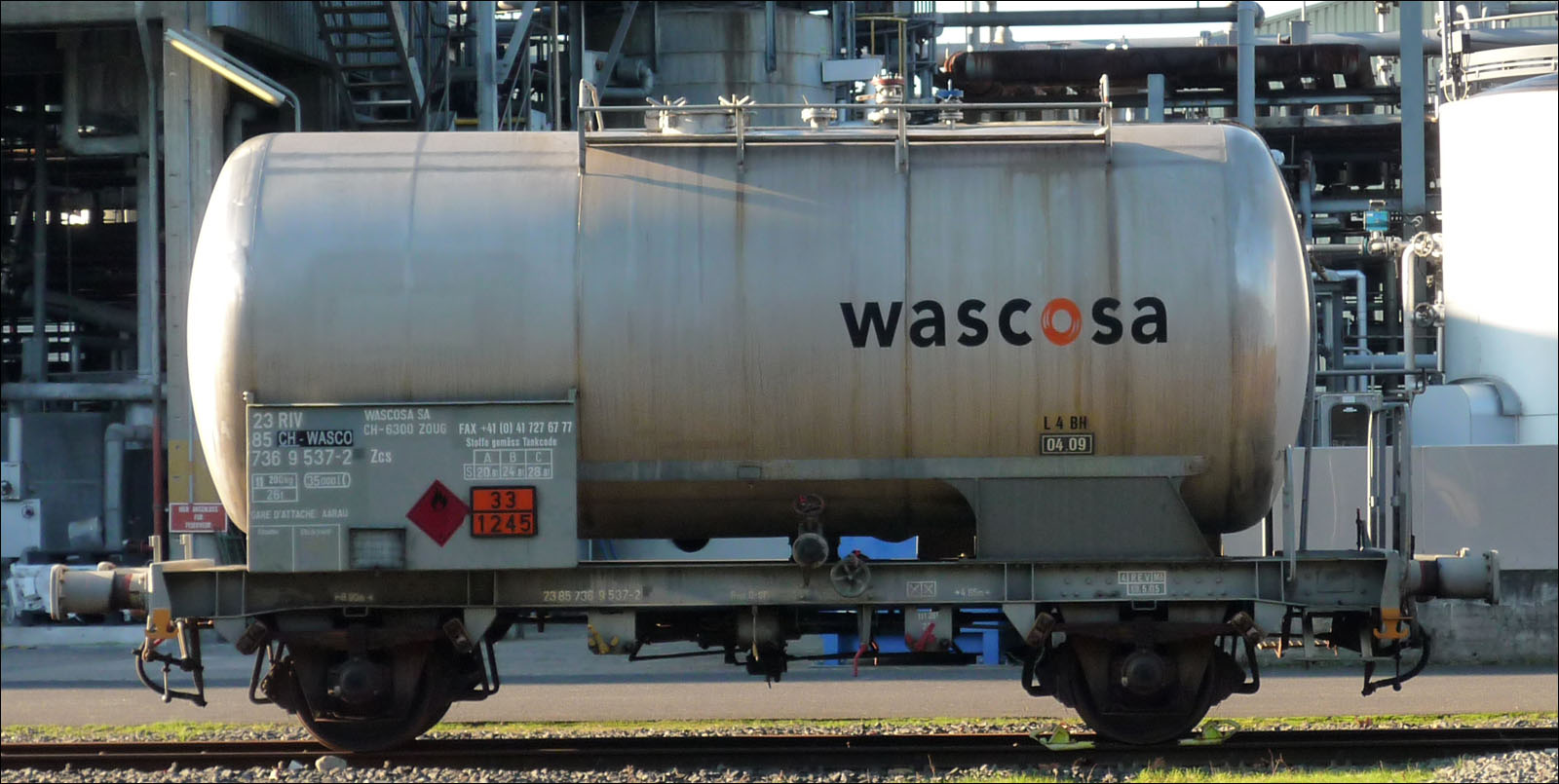|
6PPD
6PPD is an organic chemical widely used as stabilising additive (or antidegradant) in rubbers, such as NR, SBR and BR; all of which are common in vehicle tires. Although it is an effective antioxidant it is primarily used because of its excellent antiozonant peformance. It is one of several antiozonants based around ''p''-phenylenediamine (PPD). Manufacturing 6PPD is prepared by reductive amination of methyl isobutyl ketone with 4-aminodiphenylamine. This produces a racemic mixture. Application 6PPD is a common rubber antiozonant, with a major application in vehicle tires. It is mobile within the rubber and is slowly forced to the surface via blooming. Here it forms a "scavenger-protective film", reacting with the ozone more quickly that the ozone can react with the rubber. This process initially forms aminoxyl radicals and was thought to stop at the quinone diimine, but is now known to continue to form quinones, amongst other products. Despite 6PPD being used in tires sinc ... [...More Info...] [...Related Items...] OR: [Wikipedia] [Google] [Baidu] |
6PPD Ozone-oxidation Overview
6PPD is an organic chemical widely used as stabilising additive (or antidegradant) in rubbers, such as NR, SBR and BR; all of which are common in vehicle tires. Although it is an effective antioxidant it is primarily used because of its excellent antiozonant peformance. It is one of several antiozonants based around ''p''-phenylenediamine (PPD). Manufacturing 6PPD is prepared by reductive amination of methyl isobutyl ketone with 4-aminodiphenylamine. This produces a racemic mixture. Application 6PPD is a common rubber antiozonant, with a major application in vehicle tires. It is mobile within the rubber and is slowly forced to the surface via blooming. Here it forms a "scavenger-protective film", reacting with the ozone more quickly that the ozone can react with the rubber. This process initially forms aminoxyl radicals and was thought to stop at the quinone diimine, but is now known to continue to form quinones, amongst other products. Despite 6PPD being used in tires sinc ... [...More Info...] [...Related Items...] OR: [Wikipedia] [Google] [Baidu] |
Methyl Isobutyl Ketone
Methyl isobutyl ketone (MIBK) is the common name for the organic compound 4-methylpentan-2-one, condensed chemical formula (CH3)2CHCH2C(O)CH3. This colourless liquid, a ketone, is used as a solvent for gums, resins, paints, varnishes, lacquers, and nitrocellulose. Production At laboratory scale, MIBK can be produced via a three-step process using acetone as the starting material. Self-condensation, a type of aldol reaction, produces diacetone alcohol, which readily dehydrates to give 4-methylpent-3-en-2-one (commonly, mesityl oxide). Mesityl oxide is then hydrogenated to give MIBK. : Industrially, these three steps are combined. Acetone is treated with a strongly acidic, palladium catalyst-doped cation exchange resin under medium pressure of hydrogen. Several million kilograms are produced annually.Stylianos Sifniades, Alan B. Levy, "Acetone" in ''Ullmann’s Encyclopedia of Industrial Chemistry'', Wiley-VCH, Weinheim, 2005. Uses MIBK is used as a solvent for nitrocellulose, ... [...More Info...] [...Related Items...] OR: [Wikipedia] [Google] [Baidu] |
Antiozonant
An antiozonant, also known as anti-ozonant, is an organic compound that prevents or retards damage caused by ozone. The most important antiozonants are those which prevent degradation of elastomers like rubber. A number of research projects study the application of another type of antiozonats to protect plants. Effect of ozone Many elastomers are rich in unsaturated double bonds, which can react with ozone present in the air in process known as ozonolysis. This reaction breaks the polymer chains, degrading the mechanical properties of the material. The most obvious effect of this is cracking of the elastomer (ozone cracking), which is exacerbated by mechanical stress. The rate of degradation is effected both by the chemical structure of the elastomer and the amount of ozone in the environment. Elastomers which are rich in double bonds, such as natural rubber, polybutadiene, styrene-butadiene rubber and nitrile rubber are the most sensitive to degradation, whereas butyl rubbe ... [...More Info...] [...Related Items...] OR: [Wikipedia] [Google] [Baidu] |
Environmental Science & Technology Letters
''Environmental Science & Technology Letters'' is an online-only peer-reviewed scientific journal publishing brief research reports in the fields of environmental science and technology. It was first opened to submissions in 2013, with its first articles published online in January 2014. It was established by the American Chemical Society to serve as a sister journal to their existing journal, ''Environmental Science & Technology'', with an expedited time to publication. To this end, the journal publishes all articles as soon as publishable after acceptance, though they are also summarized in monthly issues. The editor-in-chief is Prof. Bryan Brooks (Baylor University). According to the ''Journal Citation Reports'', the journal has a 2019 impact factor of 7.678. See also *Environmental Science & Technology ''Environmental Science & Technology'' is a biweekly peer-reviewed scientific journal published since 1967 by the American Chemical Society. It covers research in environmenta ... [...More Info...] [...Related Items...] OR: [Wikipedia] [Google] [Baidu] |
